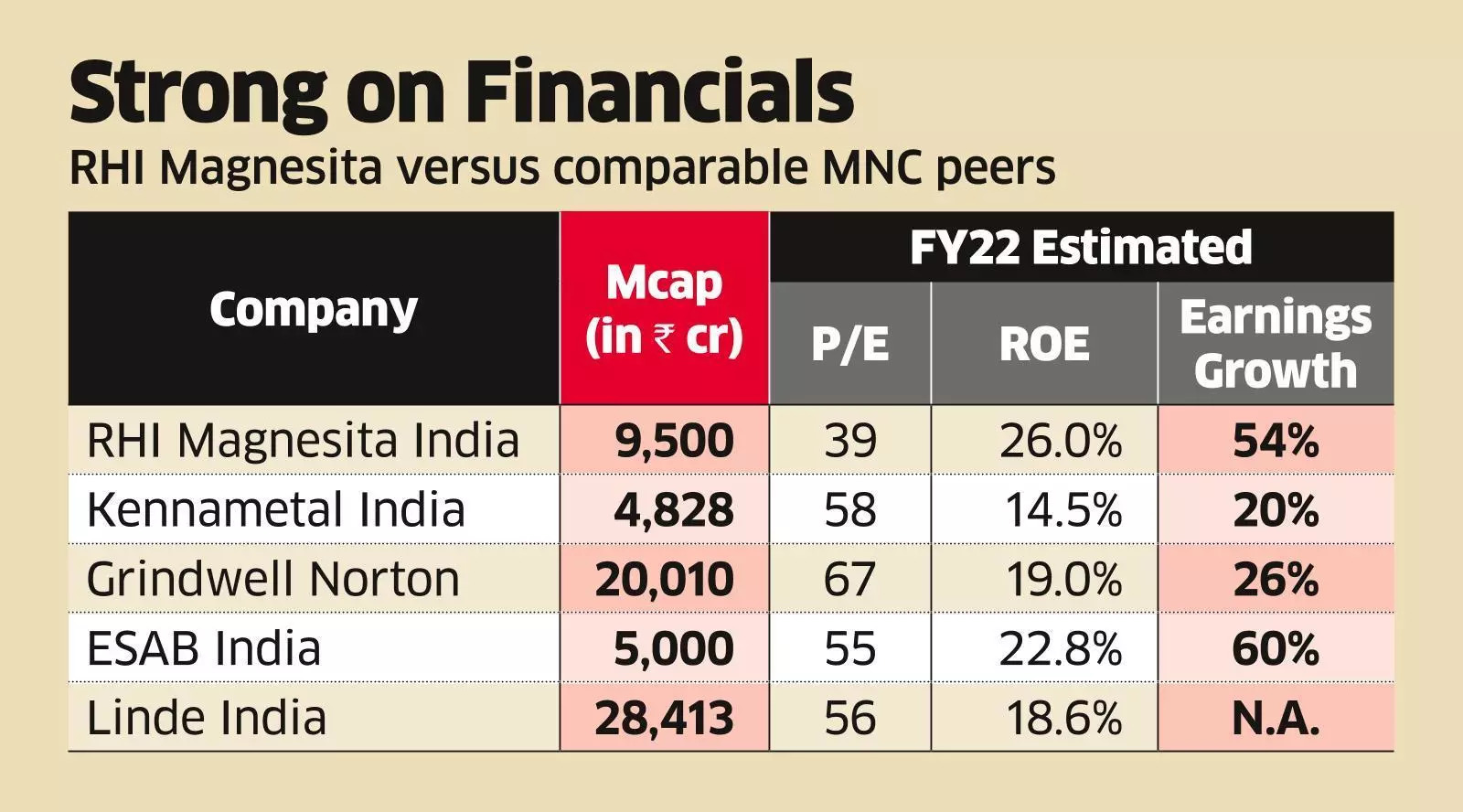The exports are going to about 84 countries, with some major export destinations being Italy, Maldives, Sri Lanka, Russia, France, Nepal, Mauritius, Sri Lanka, Israel, Egypt, UAE, Bhutan, Ethiopia, Saudi Arabia, Philippines, Poland, Spain and Chile.
According to a Stockholm International Peace Research Institute (SIPRI) report, India stands 23rd in a list of 25 largest exporters of major arms and has had a 0.2% share of the global arms exports between 2017 and 2021—up from 0.1% in the years prior to that.
Between 2017 and 2021, India’s 50% of defence exports were to Myanmar, followed by Sri Lanka at 25%, and Armenia at 11%.
Aside from the big-ticket BrahMos deal, the Hindustan Aeronautics Limited (HAL) has signed a contract to export the advanced version of Advanced Light Helicopter (ALH Mark III) to Mauritius, which has been operating the ALH and Do-228 aircraft.
India has been eyeing Malaysia among other markets to sell its indigenous Light Combat Aircraft Tejas.
A closer look at data, however, brought out several grim aspects, too.
The share of the India’s private sector, barely a decade old, is about 90% in the country’s overall defence exports. About 50 Indian companies in the private sector have contributed to that.
Data also shows the value of exports by defence public sector undertakings (DPSUs) such as Mazagon Dock Shipbuilders Limited (MDL), Goa Shipyard Limited (GSL) and Hindustan Shipyard Limited (HSL) was ‘nil’ for the financial year 2020-21.
Even the value of exports for other DPSUs such as BEL, HAL, BEML, GRSE, BDL and MIDHANI in 2020-21 was meagre at Rs 376.46 crore, Rs 194 crore, Rs 463 crore (including deemed exports), Rs 87.49 crore, Rs 145 crore and Rs 19.42 crore, respectively.
This data reiterates a long-standing problem with the DPSUs. Their slow pace of production even for their biggest customer -- the Indian Armed Forces -- even as all of them have registered profits in the last five years.
Interestingly, SIPRI, which had put India among the top 25 arms exporters, has also noted in a recent report that despite reducing imports, India continues to feature among the top importers.
India was the third largest military spender in 2021 at $76.6 billion, just behind the United States and China, according to SIPRI.
So how exactly will India, which has been aggressively working to cut imports, meet its Rs 35,000 crore defence exports goal by 2025?
Positive indigenisation lists: A good starting point
As India looks at an exponential increase in defence exports in the next three years, the three positive indigenisation lists brought out by the defence ministry is perhaps a good point to start.
In the last two years, India has brought out three lists with a total of 310 equipment and weapon systems, which will undergo a phased import ban within specified deadlines.
The lists comprise latest high tech platforms such as light weight tanks, naval utility helicopters, missiles, mounted artillery gun systems as well as medium altitude long endurance unmanned aerial vehicles, and loitering munitions.
While the lists were primarily meant to put an end to defence imports, they were clearly drawn considering the manufacturing capabilities of India’s private industry and public sector working in the field of defence.
For exports, select equipment and weapon systems from these three lists could be narrowed down on—with a focus on making their quality superior to generate demands in foreign markets, while scaling up production to meet export orders.
With the private sector contributing majorly to India’s defence exports, there has to be an increased accountability sought from the DPSUs both in terms of quality and pace of production—from research and development to design and development—to meet strict timelines in efforts towards ramping up exports.
It, however, is only fair to expect this after the DPSUs undergo adequate modernisation. Equally critical is augmenting the existing trial and testing infrastructure for defence equipment.
As a parliamentary panel had recommended in a recent report: Development of state-of-the-art equipment and platforms, aside from timely completion and delivery, superlative quality of the products, platforms and equipment, should be ensured and followed by DPSUs.
Policy interventions:
There have been several policy interventions by the government in the last few years towards encouraging defence exports, aimed at not only bringing revenues to the country, but also at strengthening diplomatic ties with other friendly foreign countries.
Creation of a new cell to coordinate export related activities, including enquiries received from various countries and sharing leads with the private sector & public sector companies, notification of a scheme to provide financial support to India’s defence attaches for them to promote exports, increasing validity of an export authorisation are some.
So has been a scheme for promotion of defence exports, which includes providing manufacturers access to the testing infrastructure of defence ministry for validation of their products.
Aside from strengthening these structures, there is no concrete policy on promoting defence diplomacy through exports at present.
India could also look at creating a roadmap on the export of platforms or weapon systems, which have been either de-inducted by the Indian military, or some of those which could be provided to a country at a short notice on their urgent requirement.
Several foreign markets could be in need of it and India should aggressively work towards tapping them.












